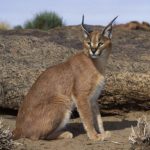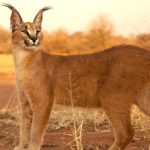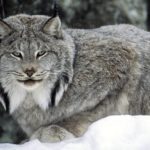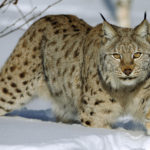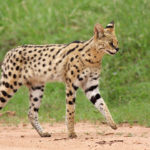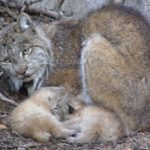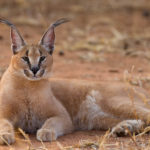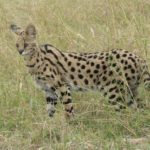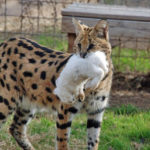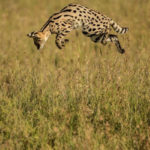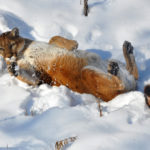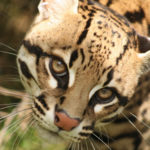Facts about caracals
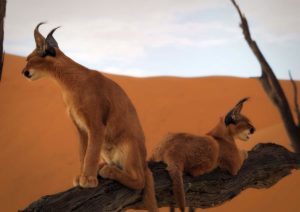 Caracal (steppe lynx) is a predatory mammal of the cat family. For a long time, the caracal was referred to the lynx, on which it resembled externally, but a number of genetic features identified it as a separate genus. Despite this, the caracal is closer to the lynx than other cats.
Caracal (steppe lynx) is a predatory mammal of the cat family. For a long time, the caracal was referred to the lynx, on which it resembled externally, but a number of genetic features identified it as a separate genus. Despite this, the caracal is closer to the lynx than other cats.
Outwardly resembles a lynx, but smaller in size, slimmer and with a monophonic coloring. The body length is 65-82 cm, the tail is 25-30 cm, the height in the shoulders is about 45 cm; weight – 11-19 kg. Ears with brushes (up to 5 cm) at the ends. On the paws is developed a brush of hard hair, facilitating movement through the sand.
Fur is short and thick. The coloration resembles the North American puma (Felis concolor): sandy or reddish-brown top, whitish bottom; black marks on the sides of the muzzle. The brushes and the outer side of the ears are black. It is very rare that black caracal melanists meet.
Although outwardly caracal looks like a lynx, by morphological features it is closest to a puma. Close to caracal and to the African serval, which is well interbreeding in captivity.
The name “Caracal” comes from the word karakulak – “black ear”, as the back side of the ears of these cats is black. In North Africa, the caracal is also called the Berberian trot.
It is found in savannas, deserts and foothills of Africa, in the deserts of the Arabian Peninsula, Malaya and Central Asia. The territory of the CIS is small: it occurs in the deserts of Southern Turkmenistan, along the coast of the Caspian Sea it reaches the peninsula Mangyshlak, in the east it sometimes appears in the Bukhara region of Uzbekistan.
Acting caracal mostly at night, but in winter and spring appears in the daytime. Shelves of rocks and burrows of porcupines and foxes serve as shelters for him; sometimes they are used several years in a row. Males occupy vast territories, and the territories of females, more modest, are located on the periphery.
